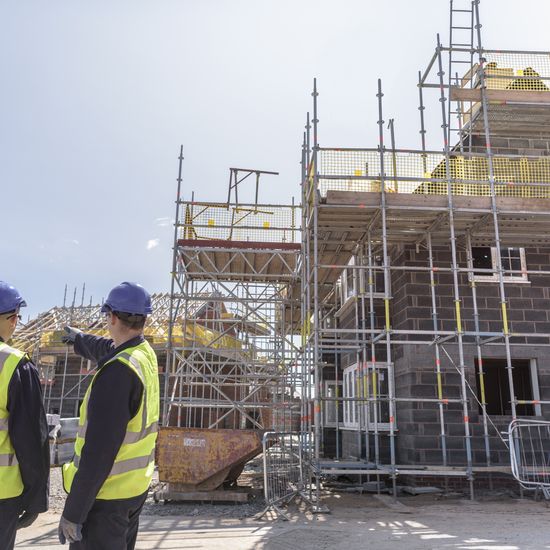By John Burns
Copyright independent

New lending to enterprises stood at €888m in the first quarter, down from over €1bn in the same period last year. The figures for March reflected a particular lack of confidence, with lending by non-banks to the sector standing at €335m compared to €503m in the same month in 2024.
The contrast is starkest for large enterprises, defined by the Central Bank as having more than 250 employees or an annual turnover above €50m. They received €146m in lending from non-banks in March, which compared with €320m in the same month a year earlier.
New loans to large enterprises in the first quarter were at a significantly lower level than to SMEs, standing at €337.64m. This was also lower than the lending to big businesses in other recent quarters, such as the €633m in Q4 of last year, or €545m in Q1 of 2024. The figure for the first quarter of 2023 was €571m.
“New lending to large enterprises was mostly shorter term and more concentrated than new lending to SMEs,” a statistical update from the Central Bank says. “Some 41pc of new loans to large enterprises had maturities at origination up to one year, while 83pc had maturities at origination under five years.”
Overall, small and medium-sized businesses were less affected by the economic uncertainty, and almost two-thirds of all lending in Q1 was to that sector, a total of €388m.
However separate figures from the Central Bank have shown that the amount of SME credit on banks’ balance sheets last June was at its lowest level for 10 years. There are concerns that the low level of lending reflects a lack of capital investment, which could be a long-term vulnerability for the Irish economy.
Retail Estate and Construction were the biggest recipients of funds from non-banks, reflecting their increased levels of activity in the first three months of the year. As a share of the total, lending to real estate and construction averaged 42pc, but went as high as 75pc and as low as 17pc.
By contrast, Wholesale and Retail, the second-placed recipient of lending, showed more stability.
“New lending from non-banks tends to be issued by asset finance providers, specialist property lenders and general lenders, representing 86pc of total new loans in Q1 2025,” the Central Bank said. “Even though property-related sectors had a predominant position in March, asset finance providers were the main lenders in Q1.”
In contrast to large enterprises, new lending to SMEs was more diversified, and tended to be longer term, with one third of new loans having maturities of between two and five years, and another quarter having maturities of between 5 and 10 years.



